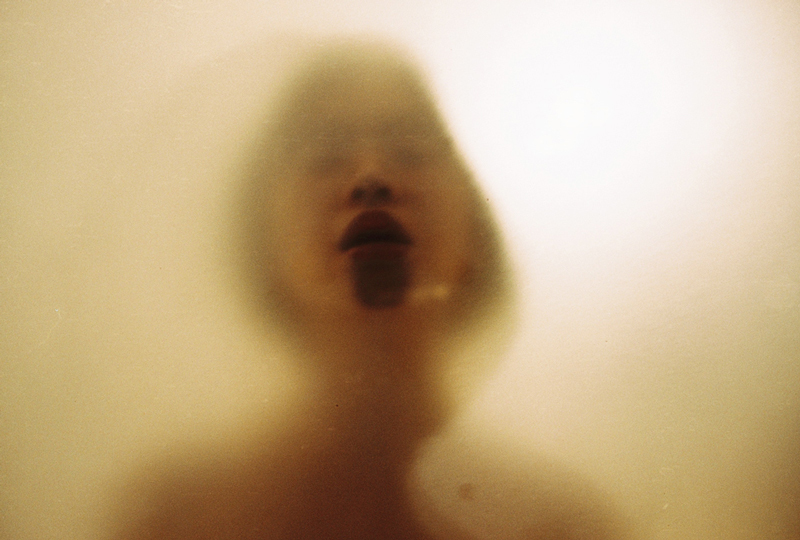Thy Tran’s photos — which feature obscured faces and bare bodies — encapsulate sex and loneliness,. Her work teeters between achingly intimate and chillingly voyeuristic; we’re often gazing on subjects who appear unaware of the camera’s presence. Yet that’s exactly what Thy aims to show us: that loneliness is as natural as breathing.
This interest in being alone is a product of existing between places. Growing up between Australia and Vietnam, Thy finds herself in the position of many dual citizens — she doesn’t belong anywhere. To Thy, solitude is the strongest link between us all: everyone feels alone, invisible, and isolated. Recognizing this is a sliver of comfort.
How would you describe the way you make images?
My photos reflect my own personal experiences; [they’re] an invitation to my world. My inspiration comes from those around me, including my lover, friends, and family members. The accumulation of these photographs over time becomes the experience of storing memories, a story with no end. Sometimes I find myself almost too desperate to preserve the sense of people’s lives, especially those who are important to me.
You often obscure faces. Why is that?
Portraiture without a face allows me to stay more focused on body language, the physical contact between the subject and me. The more I avoid eye contact, the more I find it comfortable and easy to work with the subject. In a way, the less I see their faces my photos, the more it forces me to remember the person and dialogue going on between us. It’s somewhat precious and intimate, like I should not take any of that minute for granted. The act of mystifying a person’s identity has always been my obsession.
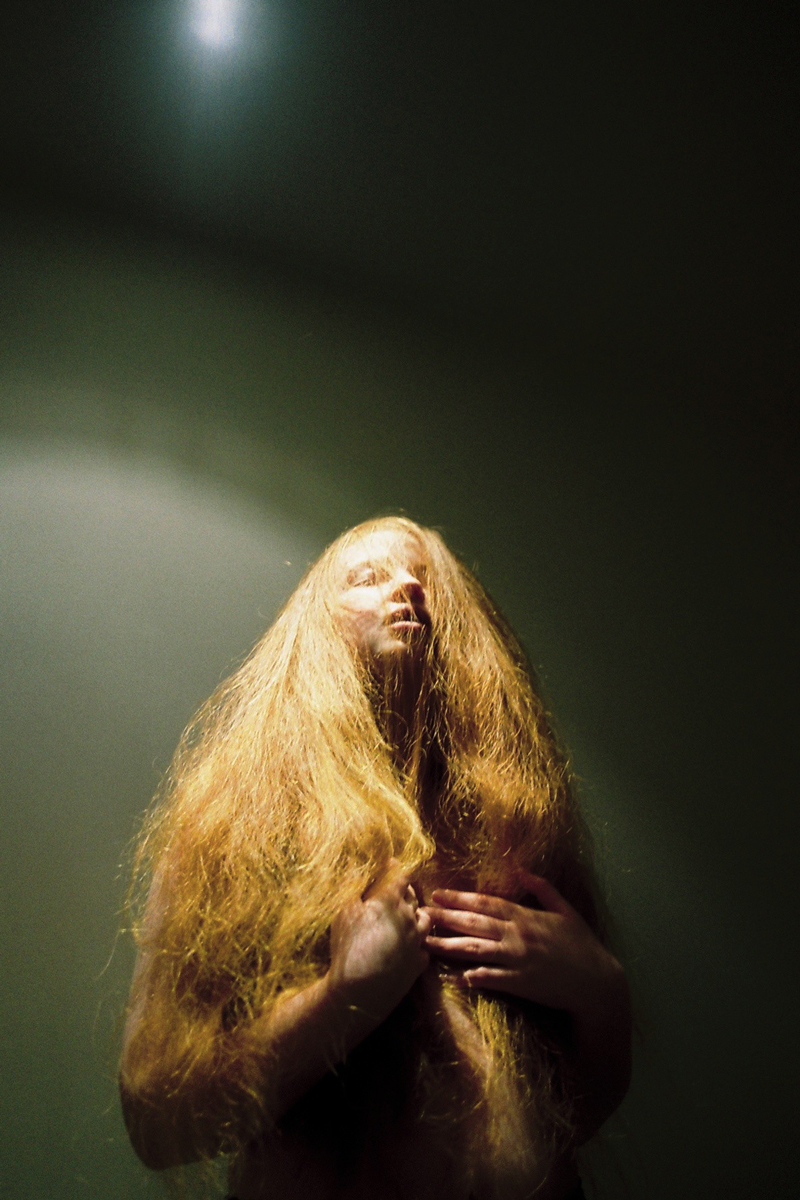
That mix of anonymity and sensuality stands out as both intimate and lonely. Is that something you explore consciously?
I believe loneliness has become a fixed part of our identity. There is an air of solitude that links everyone; as a photographer you allow yourself to step into the world of loneliness. Photography is often associated with the act of seeing and looking, the artists themselves become invisible. I take inspiration from paintings a lot. For example, Edward Hopper has always been my all time favorite painter. His people are often isolated, no one is talking and no one is looking at anyone else. In my photographs, I wanted to create the feeling of separation, of being walled off. I try to seek the potential beauty in loneliness.
Tell us about how you approach sexuality in your images.
My photographic practice is influenced by Nan Goldin, the godmother of the snapshot aesthetic. I am also inspired by Hiromix, who is famous for her provocative photographs depicting life from a young female perspective. The way these photographers explored sexuality and youth have a strong impact on how I see things. I take nude photographs of men and women, so I guess it is normal when viewers project a sexual dialectic between the subjects and I. However, I want to elevate the nature of nude images, that is to present both genders in an un-sexualized manner by the lack of identities, obscure faces, and odd figurations.
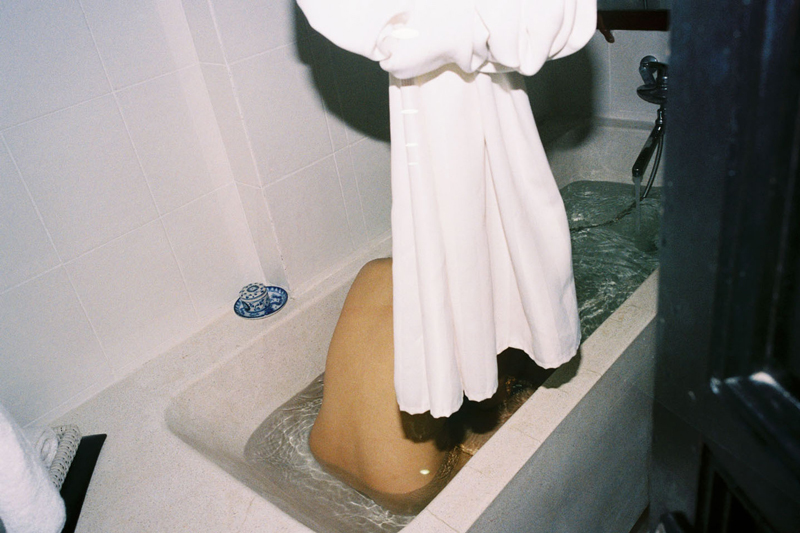
You’re originally from Vietnam, have spent a lot of time in Australia and are currently back in Saigon. Do you find the way you approach these topics differ depending on where you are in the world?
I moved to Melbourne when I was about 16 and have lived there for almost 11 years. Australia is pretty much my second home, I hold a dual-citizenship, but no matter how hard I try to submerge myself — to be “Australian” — I feel like I am neither Australian nor Vietnamese. I don’t have a place in either country. This makes me feel somewhat alienated wherever I live, it’s quite unsettling. I feel like I have lived two separate lives. Whenever I go back and forth between Melbourne and Saigon my heart fills with emptiness and solitude, my identity becomes blurred. Photography allows me to translate this uncomfortable experience.

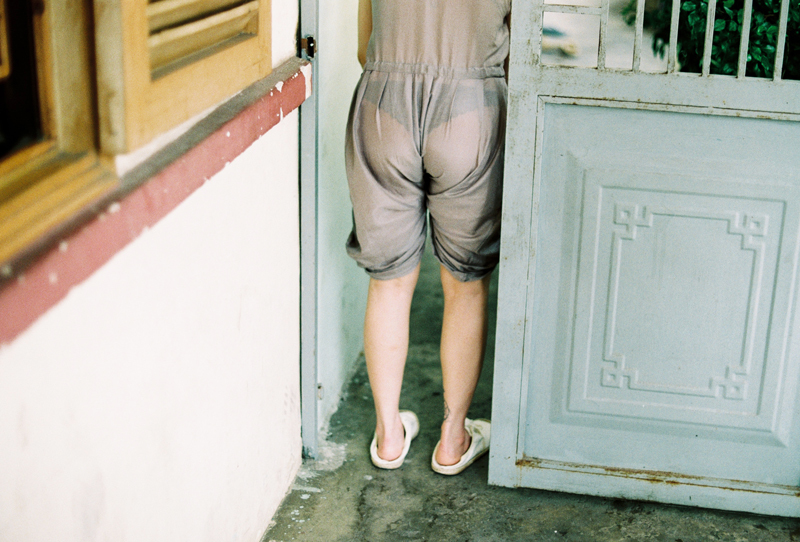
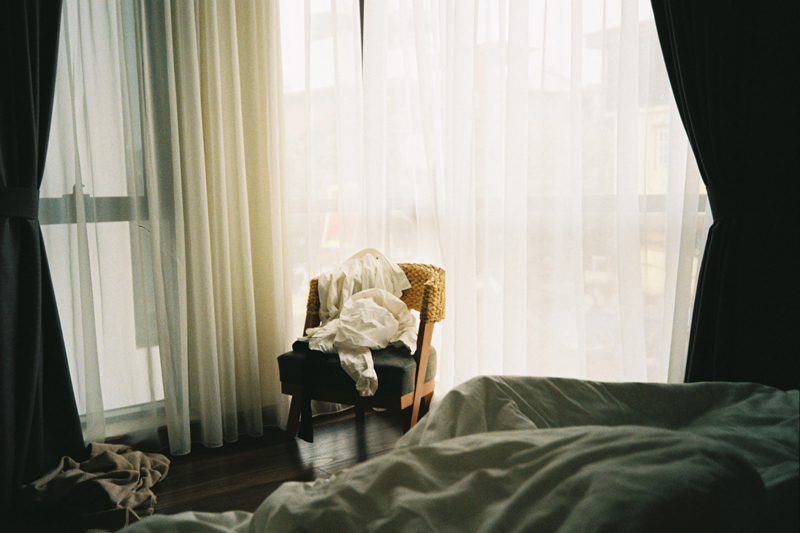
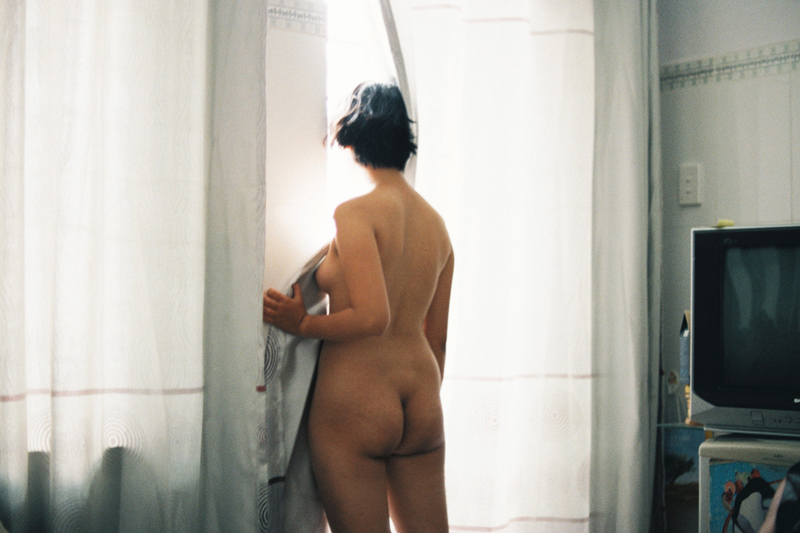
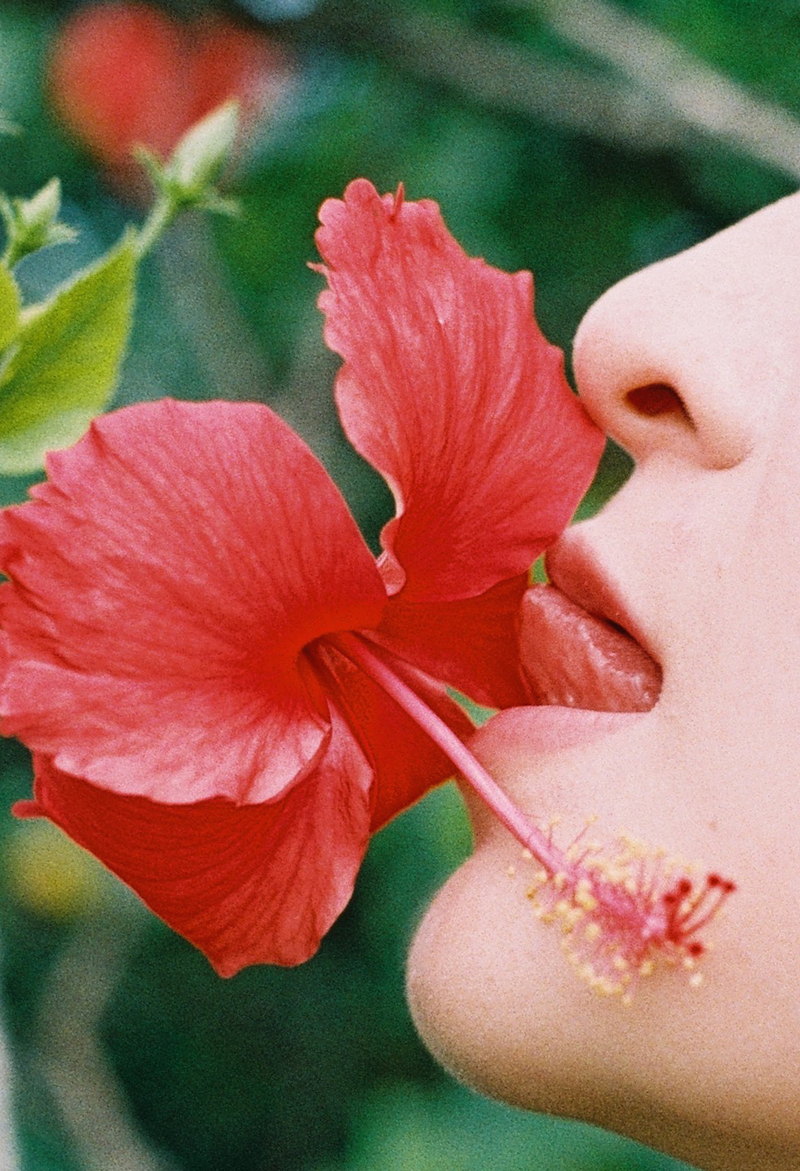

Credits
Text Wendy Syfret
Photography Thy Tran
